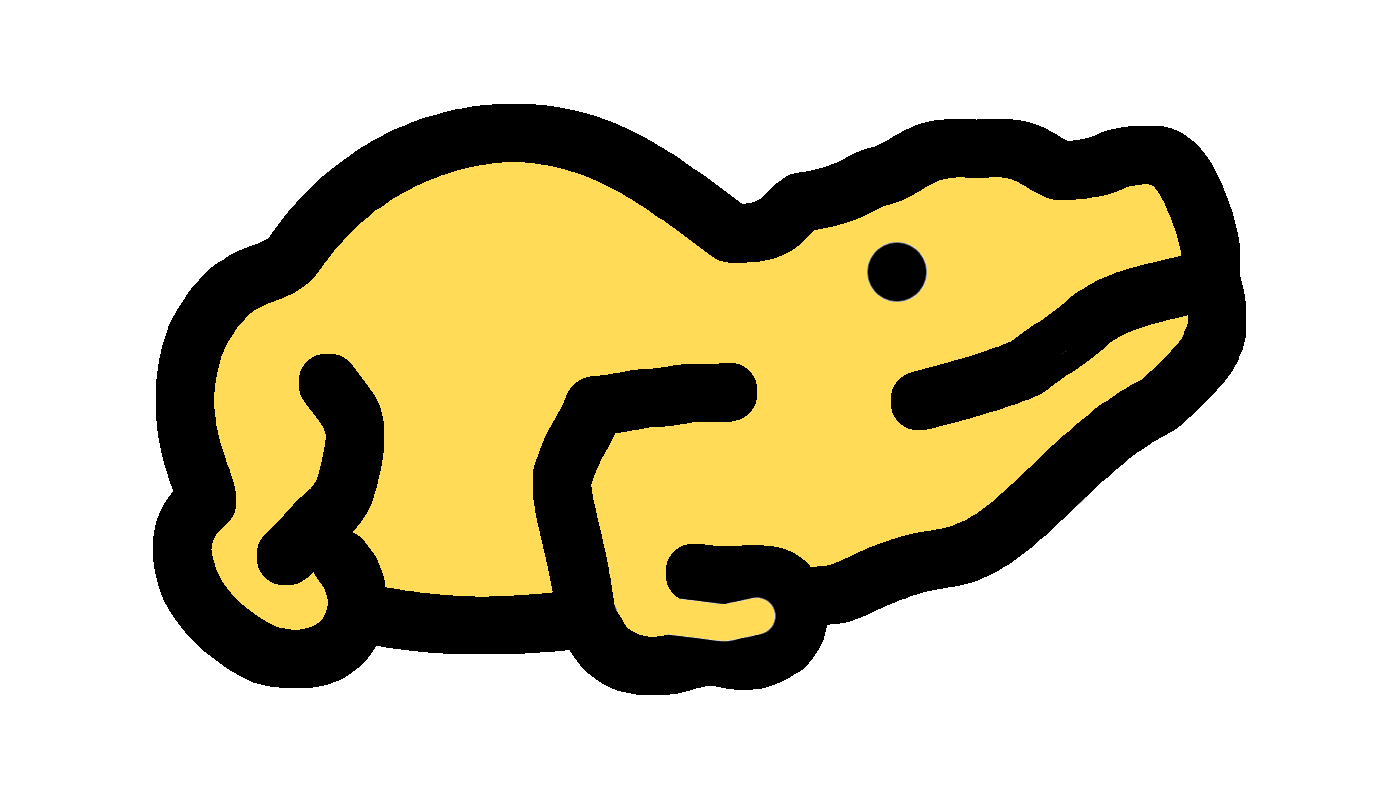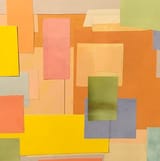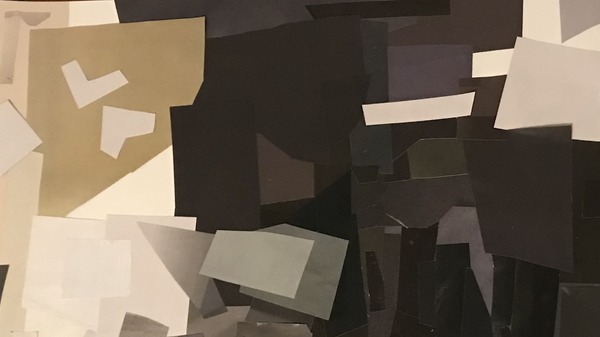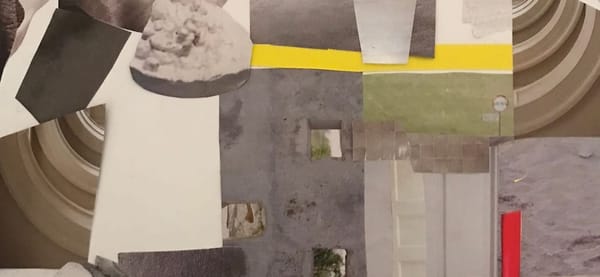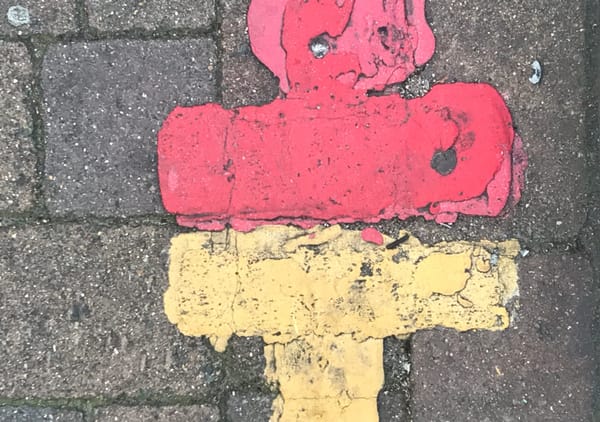animal companion
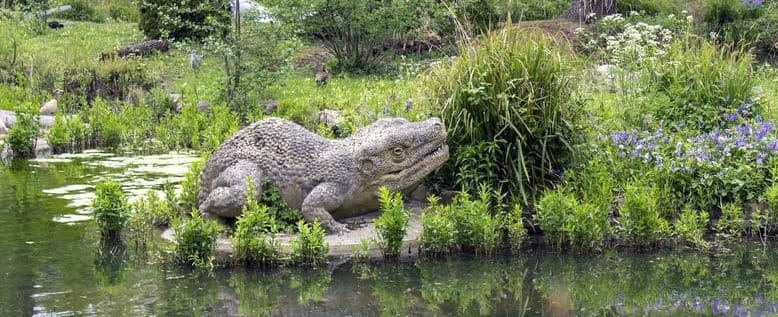
[the questing hero introduces the animal companion; with an unexpected dive into paleontology and 19th century science communication.]
like many aspiring adventurers, i don't want to go it alone. it will do me well to have an animal companion accompany me on my quest. and i'm fortunate to have already met mine! welcome, little labyrinthodon.

why the labyrinthodon? just as generic (video and roleplaying game) contrivances would have it, it all started with a random encounter, one rainy day during a trip to Crystal Palace Park...
i was there, looking at the Dinosaurs, when i was particularly struck by a couple of illustrations on an information sign. the first little amphibian outline of "Labyrinthodon Pachygnathus" is particularly cute and charismatic:
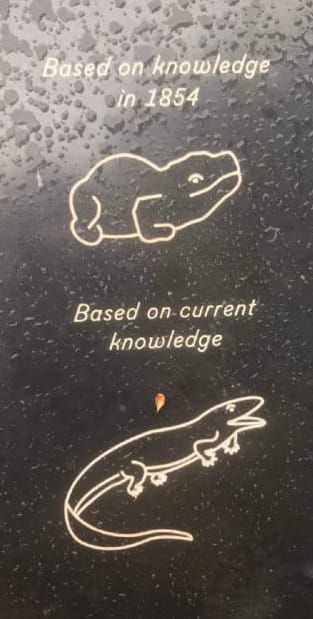
you could just stop reading here; everything below could be considered a rationalisation of a basic desire for a cute, colourful little blog mascot. a branding exercise, with a suitably dubious origin story. but, if you do keep reading, let me know if you agree there's some more substantial meaning after all...
beyond cuteness: it was exciting then, and is still exciting to me now, to think with this juxtaposition of "knowledge in 1854" and "current knowledge", encapsulated in these drawings. and this is what want my animal companion to remind me of. the situated and provisional nature of our knowledge. and relatedly, the challenges of communicating our knowledge.
knowledge about extinct animals in 1854 led to a very different depiction of what this animal, referred to in the park as a Labyrinthodon, looked like, vs how it is understood today. that is true for all the "Crystal Palace Dinosaurs", not only the Labyrinthodon (some others are particularly funny, like the megalosaurus). the ideas and knowledge of 1854 have given way to different understandings and reconstructions. seeing this prompts an exercise of thinking ahead 150+ years from now. what knowledge, what ideas, that we are excited by, confident of, or taking too much for granted, will be hugely revised by 2175, and viewed like quaint attractions in a park? and how can that inform my sensibility as a researcher?

you might not know about the extinct animal statues in Crystal Palace Park, from whence this all comes. so, to say a bit more: Crystal Palace Park is famous not only for the historic destruction-by-fire of the eponymous Crystal Palace, but also a set of sculptures known as the Crystal Palace Dinosaurs.
as per Historic England:
The sculptures were created in 1853–1855 by artist Benjamin Waterhouse Hawkins and were the first attempt to model extinct animals (only four are technically dinosaurs) at full size based on fossil remains. The sculptures are protected as Grade I listed monuments.
these sculptures can be appreciated as symbols of a particularly significant period of evolutionary, biological, paleontological knowledge development: the 1850s. they were created and unveiled just before the publication of Charles Darwin's On the Origin of Species in 1859. the statues were created by the artist Benjamin Waterhouse Hawkins, a pioneer of science communication, who consulted with the eminent comparative anatomist (biologist) and paleontologist of the era, Richard Owen, on the anatomical accuracy of his sculptures. given this context, sculptures are considered to be "of exceptional historic interest".
while the Crystal Palace Park Trust summarise,
by modern standards the models don’t quite represent the dinosaurs that walked our planet accurately, [but] they reveal what pioneering scientists in the Victorian era knew about these prehistoric creatures.
what was knowledge of the extinct animals' forms, back then? in a period of heated debate about the theory of evolution, and in the specific circumstances of these sculptures' production, it's not as simple as referring to the "knowledge" of "pioneering scientists". instead, digging in to the circumstances of the sculptures' production reveals the messy realities of scientific research, "paleoart", and science communication.
Owens incorrectly "reconstructed" the Labyrinthodon from skeletal fragments that present-day technologies can identify as several different animals. the skull of an amphibian-ancestor was combined with creatures including the distant relative of a crocodile. from this a strange animal was imagined:
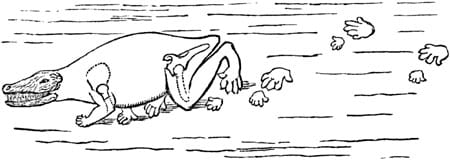
suddenly, we have a third Labyrinthodon sketch, which is very different from what the sign says is "knowledge in 1854"... which is further complicated by a) an initial illustration by Hawkins, the artist and sculptor; and b) a subsequent miniature scaled model by Hawkins, which is what Owen supposedly examined and approved:
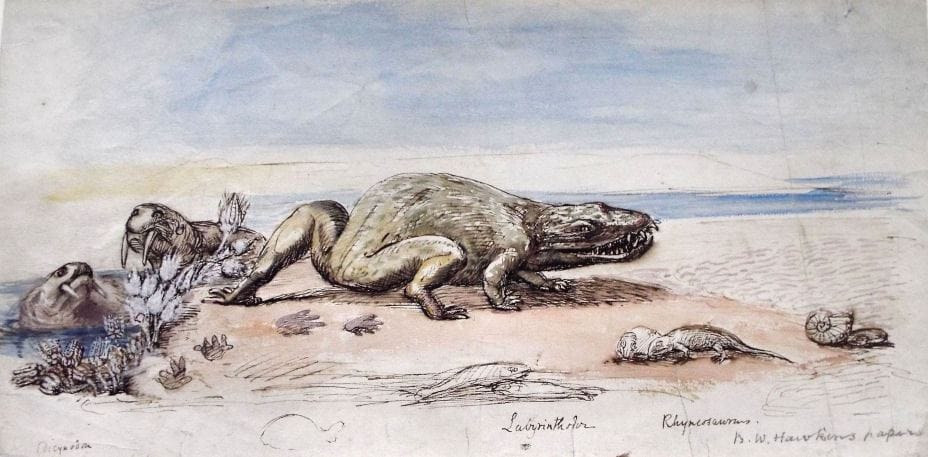
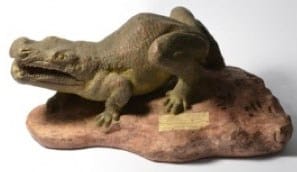
in Hawkins' illustration, as Dr Simon Roberts highlights on his excellent blog post about the Labyrinthodon statues, you can see the arched back familiar to us from amphibians, and the statues that were ultimately produced. Roberts suggests:
Hawkins could be most likely trying to represent an extinct animal, by reproducing the image of a known living animal, to which the public would be familiar. Thus, the Labyrinthodon of Owen became transformed to the more frog-like creature of Hawkins.
Dr Susie Maidment, a dinosaur researcher at the Natural History Museum, similarly commented upon the other dinosaur statues that "I think really what they did was take things that they knew, like crocodiles and lizards, and blow them up to be the size of the bones [...] It's all based on analogy". speaking to the limits of our imagination being situated in our time and place:
A gracile two-legged thing was completely beyond anybody's understanding of what a reptile could be.
so understanding was formed by approximation and relating alien bone fragments to the forms of familiar (living) animals.
i'm not going too much (more) into paleontology research here, but all this begs the question—how have we improved our understanding? what techniques and technologies have been developed, beyond simply collecting more fossils? to answer this i'd need to go and read the 2022 book, The Art and Science of the Crystal Palace Dinosaurs, and learn about things like comparative osteology and computational phylogenetics. this would be a real methods side quest, rather than central to my work, but the temptation is real: to build a comprehensive, comparative understanding of knowledge production processes, and how they work over time—whether incremental improvements or paradigm shifts.
back to the sculptures. it is Hawkins' Labyrinthodon scale model, unsurprisingly, that most closely resembles the finished work of art. did Owen ever actually approve this design? what happened along the way, between initial reconstruction and identification of this extinct species by Owen, through Hawkins' interpretations to the final sculptures? we don't know.
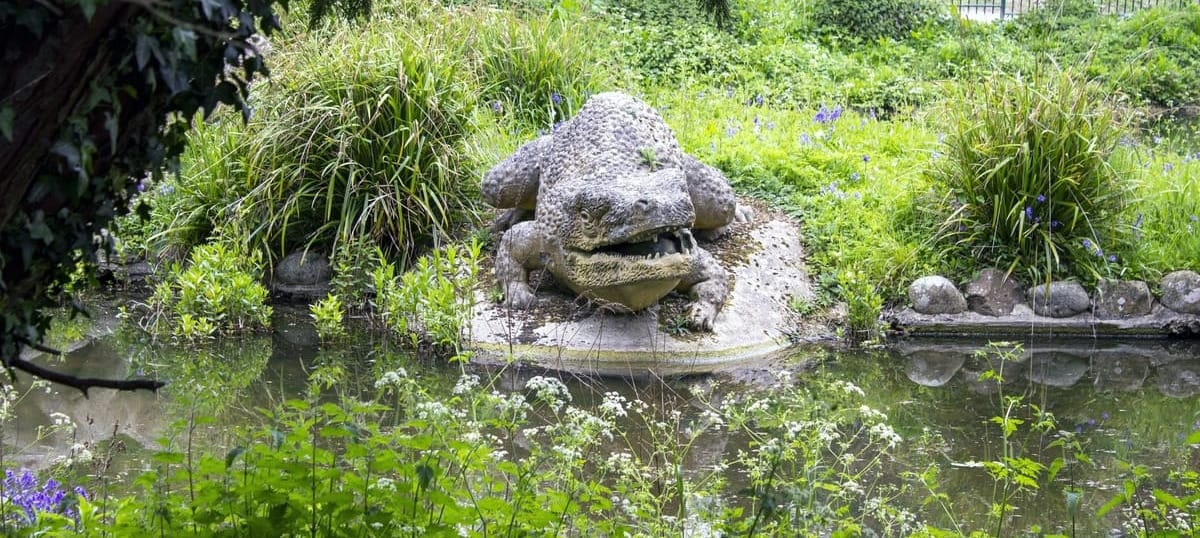
while the Crystal Palace Dinosaurs are today frequently framed as "comically incorrect" or "wrong", and important because of what they represent ("the world’s first attempt to model prehistoric animals at full scale"), i think leaving it at that is a missed opportunity to foreground the particularities of scientific knowledge and artistic production, then and now. it's not as simple as comparing one definitive, agreed reconstruction of what Labyrinthodon looked like in 1854 vs today.
as Roberts makes clear, the story of the Crystal Palace Labyrinthodons is a story of the "complex relationship between the artist [....] and the scientific consultant"; and the material, practical realities of how "scientific" knowledge is produced and presented. it's got me thinking about how we explain things via analogy; and how we generalise to make things "gettable" to non-experts; what is lost "in translation". all of that is about how we share ideas, communicate, and arrive at shared knowledge in our time and place. on top of that, examining the information sign today brings in longitudinal, across-time dimensions of knowledge production and communication.the opportunity to build on, and know more, than those before us, and the uncertainty of how our current understandings may be updated or upended by what comes after.
i didn't expect any grand lessons or "exceptional historic interest" when I grew attached to the Labyrinthodon outline on the sign! yet here we are, serendipitously, with an animal companion, who will help to keep me honest, humble and reflective about the limits of my learning, and the challenges of communication. we will explore many worlds and ways of knowledge production, as we continue together on this method quest.

PS if you can't easily make a trip to Crystal Palace and want to view the statues from your own entrypoint to digital space, the 3D models can be viewed online, thanks to Historic England, Friends of Crystal Palace Dinosaurs, Rhys Griffin and Anthony Lewis: click here.
